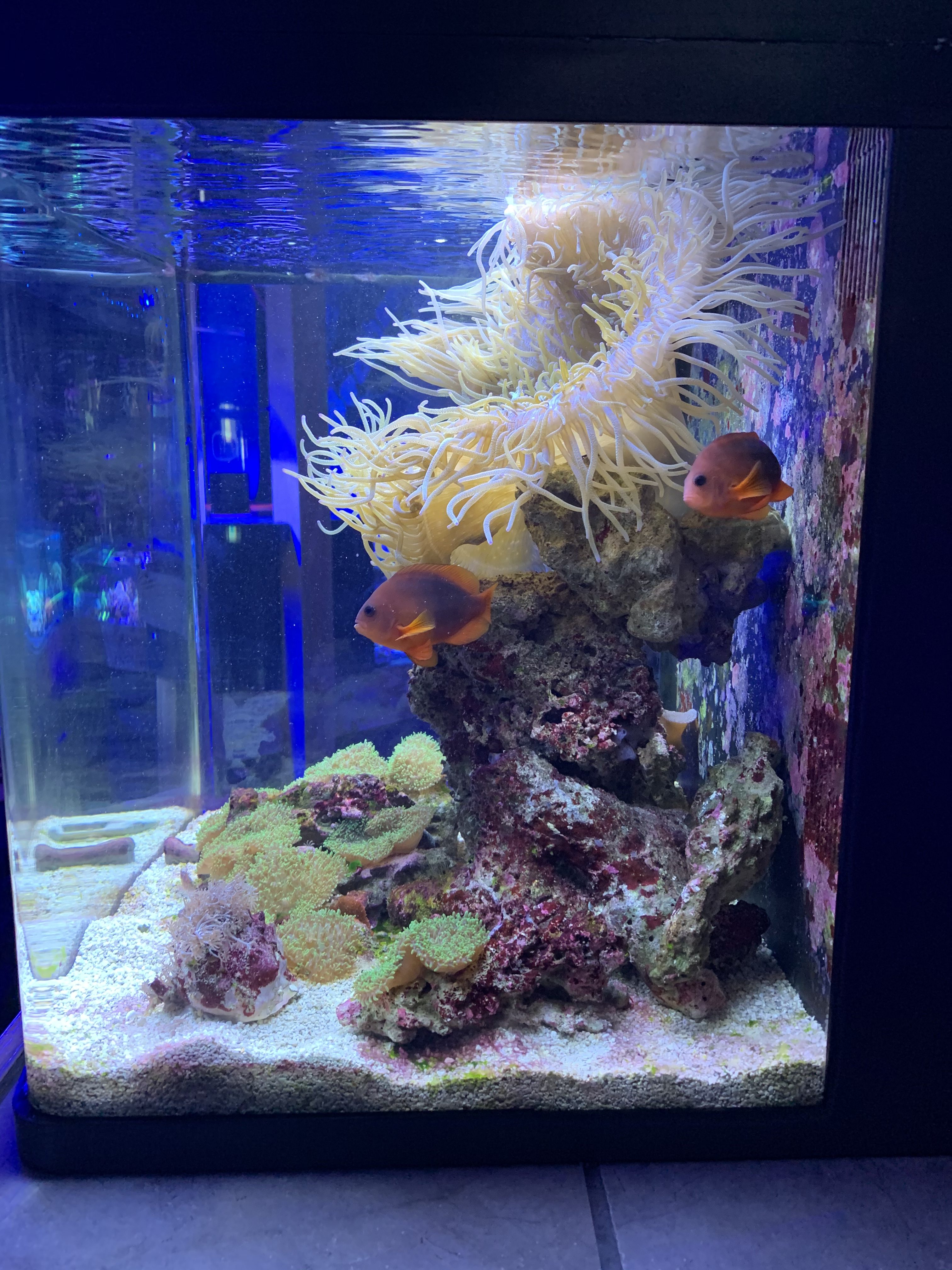

These include synthetic wools, known in the aquarium hobby as filter wool, made of polyethylene terephthalate or nylon. Numerous materials are suitable as aquarium filtration media. Sponges, plastic balls, ceramic tubes and gravel are all suitable for aquarium filtration Materials suitable for aquarium filtration This sterilization is accomplished by passing aquarium water through filtration devices which expose the water to high intensity ultraviolet light and/or exposing the water to dissolved ozone gas. To a certain extent, healthy plants extract dissolved chemical wastes from water when they grow, so plants can serve a role in the containment of dissolved wastes.Ī final and less common situation requiring filtration involves the desire to sterilize water-borne pathogens. Several techniques, collectively known as chemical filtration, are used for the removal of dissolved wastes, the most popular being the use of activated carbon and foam fractionation. Mechanical filtration is ultimately ineffective if the solid wastes are not removed from the filter, and are allowed to decay and dissolve in the water.ĭissolved wastes are more difficult to remove from the water. The solid wastes are first collected, and then must be physically removed from the aquarium system. All removal of solid wastes involve filtering water through some form of mesh in a process known as mechanical filtration. Removal of solid waste can be as simple as physical hand netting of debris, and/or involve highly complex equipment. Mechanical filtration is typically achieved by passing water through materials which act as a sieve, physically trapping the particulate matter. This particulate matter may include uneaten food, feces or plant or algal debris. The process of mechanical filtration removes particulate material from the water column.

In order that the nitrate level does not build up to a harmful level regular partial water changes are required to remove the nitrates and introduce new, uncontaminated water. In the artificial environment of the aquarium, the nitrogen cycle effectively ends with the production of nitrates. Īccumulation of toxic ammonia from decomposing wastes is the largest cause of fish mortality in new, poorly maintained, or overloaded aquariums. Some systems incorporate bacteria capable of converting nitrates into nitrogen gas. These bacterial colonies take several weeks to form, during which time the aquarium is vulnerable to a condition commonly known as "new tank syndrome" if stocked with fish too quickly. In most cases, a biological filter is nothing more than a chemically inert porous sponge, which provides a greatly enlarged surface area on which these bacteria can develop. The bacteria that then convert nitrite to nitrate are Nitrospira and Nitrobacter. The bacteria responsible for breaking down the ammonia by converting it to nitrite, Nitrosomonas, colonize the surface of any objects inside the aquarium. This increases the amount of ammonia produced in the relatively small volume of the aquarium. Aquariums are usually much more densely stocked with fish than the natural environment.

In the natural environment these nitrates are subsequently taken up by plants as fertilizer and this does indeed happen to some extent in an aquarium planted with real plants.Īn aquarium is, however, an imperfect microcosm of the natural world. Bacterial processes oxidize this ammonia into the slightly less toxic nitrites, and these are in turn oxidized to form the much less toxic nitrates. Excretia and other decomposing organic matter produce ammonia which is highly toxic to fish. Proper management of the nitrogen cycle is a vital element of a successful aquarium. Filtration is a common method used for maintenance of healthy aquaria.īiological filtration and the nitrogen cycle Ī large shower biological filter designed to maximize the beneficial effects of the nitrogen cycle, in a koi pond As the degree of contamination rises, the risk to the health of the aquaria increases and removal of the contamination becomes critical. These waste products collect in the tanks and contaminate the water.

Another source of waste is uneaten food or plants and fish which have died.


 0 kommentar(er)
0 kommentar(er)
